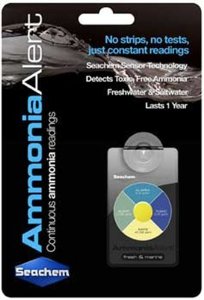My correspondence with Dr. Colorni (who co-authored the study) can be found here: https://www.reef2reef.com/threads/marine-ich-and-temperature.232825/page-2#post-3367199
I asked him specifically about the 72 day fallow period.
That’s interesting. Thanks for the link.
I agree getting those to survive in a test tube with antibiotics and at a low temp certainly doesn’t translate to our reef tank environments. Is it possible, yes. Probable, no.





















